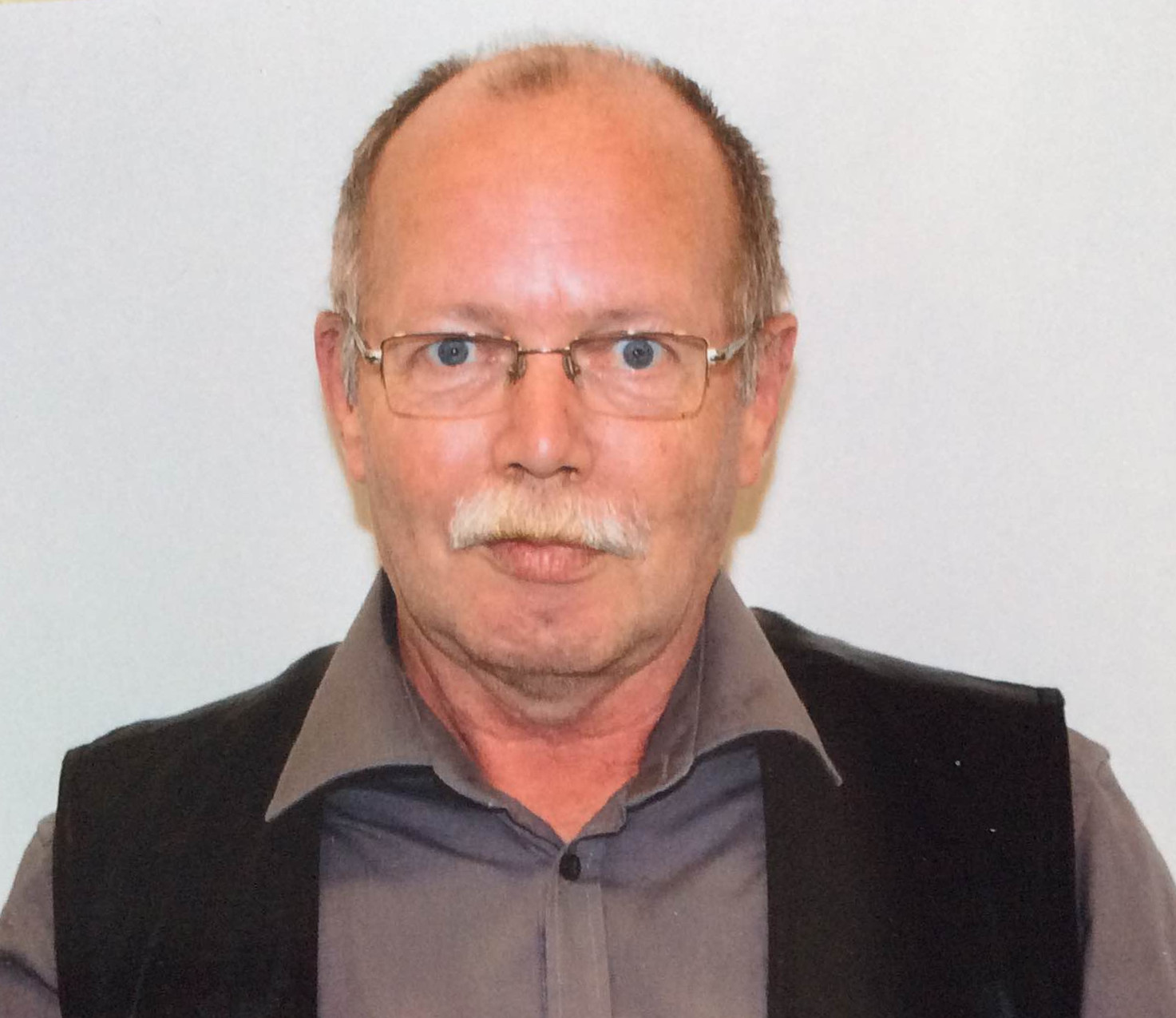Ayaz v. Turkey (44132/98)
| Date | 20080108 |
|---|---|
| Article | 3 |
| Decision | violation |
Press release issued by the Registrar
CHAMBER JUDGMENT AYAZ v. TURKEY
The European Court of Human Rights has today notified in writing its Chamber judgment1 in the case of Ayaz v. Turkey (application no. 44132/98).
The Court held unanimously that there had been a violation of Article 3 (prohibition of inhuman or degrading treatment) of the European Convention on Human Rights on account of the ill-treatment to which the applicant was subjected while in police custody.
Under Article 41 (just satisfaction) of the Convention, the Court awarded the applicant 5,000 euros (EUR) in respect of all heads of damage. (The judgment is available only in French.)
1. Principal facts
The applicant, Ercan Ayaz, is a Turkish national who was born in 1965 and lives in Berlin. At the material time he was a member of the working party on Kurdistan set up by the Free University of Berlin students’ association.
In 1993 the association asked a committee of nine people, including the applicant, to start liaising with a university in Iraq. On 3 August 1993, during a stopover at Atatürk Airport in Istanbul, the applicant and other members of the group were arrested by the border police and taken into custody.
The applicant alleged that he had been ill-treated prior to his release the following day. He said that police officers had blindfolded him, pulled his hair and beaten him while questioning him about his identity and his background. He also claimed that he had been sexually assaulted and detained in a cell constituting a health hazard.
On 6 August 1993 the applicant was examined by a doctor attached to the Human Rights Foundation in Istanbul, who noted that he had superficial scratches on the left leg and a 2 cm by 2 cm bruise on the anterior superior iliac spine and was suffering pain in the abdominal region (left hypochondrium).
Later that day, on the Foundation’s advice, the applicant lodged a criminal complaint with the public prosecutor in Bakırköy (a district of Istanbul) against the police officers in whose custody he had been held. The public prosecutor referred him to the Bakırköy Institute of Forensic Medicine, which noted the presence of scratches and subjective pain on the left side of the sacrum, a 2 cm bruise in the femoral region and subjective pain in the left hypochondrium, the teeth and the head. Following investigations, the provincial administrative council found that the applicant had acted in accordance with the aim of the illegal organisation PKK (Workers’ Party of Kurdistan) to tarnish the image of the Turkish police and made an order discontinuing the proceedings, which was upheld by the Supreme Administrative Court in May 1997. The council also noted that two days had elapsed between the applicant’s release and his examination by the Institute of Forensic Medicine.
Alongside those proceedings, a disciplinary inquiry was initiated in respect of the police officers in question. A committee of five police inspectors found that the applicant had inflicted the injuries himself on being released before applying to the public prosecutor. On the basis of those findings, the Istanbul Provincial Disciplinary Board held in July 1995 that no sanctions should be imposed since there was no concrete evidence to substantiate the applicant’s accusations.
2. Procedure and composition of the Court
The application was lodged with the European Court of Human Rights on 27 August 1998 and declared partly admissible on 21 March 2006.
Judgment was given by a Chamber of seven judges, composed as follows:
Nicolas Bratza (British), President,
Josep Casadevall (Andorran),
Giovanni Bonello (Maltese),
Riza Türmen (Turkish),
Kristaq Traja (Albanian),
Stanislav Pavlovschi (Moldovan),
Ján Šikuta (Slovak), judges,
and also Fatoş Aracı, Deputy Section Registrar.
3. Summary of the judgment2
Complaints
Relying on Articles 3 (prohibition of inhuman or degrading treatment) and 13 (right to an effective remedy), the applicant complained that he had been ill-treated while in police custody and that he had no effective remedy in respect of his grievances.
Decision of the Court
Article 3
The Court noted the consistency between the medical reports issued on 6 August 1993 by the Human Rights Foundation and the Institute of Forensic Medicine. It accordingly considered that it was for the Turkish Government to provide evidence to disprove the applicant’s allegations, and was not persuaded by the explanations given on that account.
Furthermore, in view of the duty of police officers to account for the treatment of individuals under their control, the Turkish authorities could not shelter behind explanations such as the existence of numerous cases where detainees manipulated by the PKK had caused themselves injury in order to undermine the police. The argument that the applicant had been “in shock” as a result of the incidents for the two days following his release was therefore more plausible than the suggestion that he had gone so far as to mutilate himself in the name of the PKK, there being no evidence in the file to show that any judicial measures had been taken against him on account of such a suspicion.
The Court concluded that the evidence before it was sufficient to lend credibility to the allegation that the applicant had been the victim of police brutality for which Turkey bore responsibility, amounting to inhuman and degrading treatment in breach of Article 3.
Article 13
The Court held that no separate examination of the complaint under Article 13 was required.
